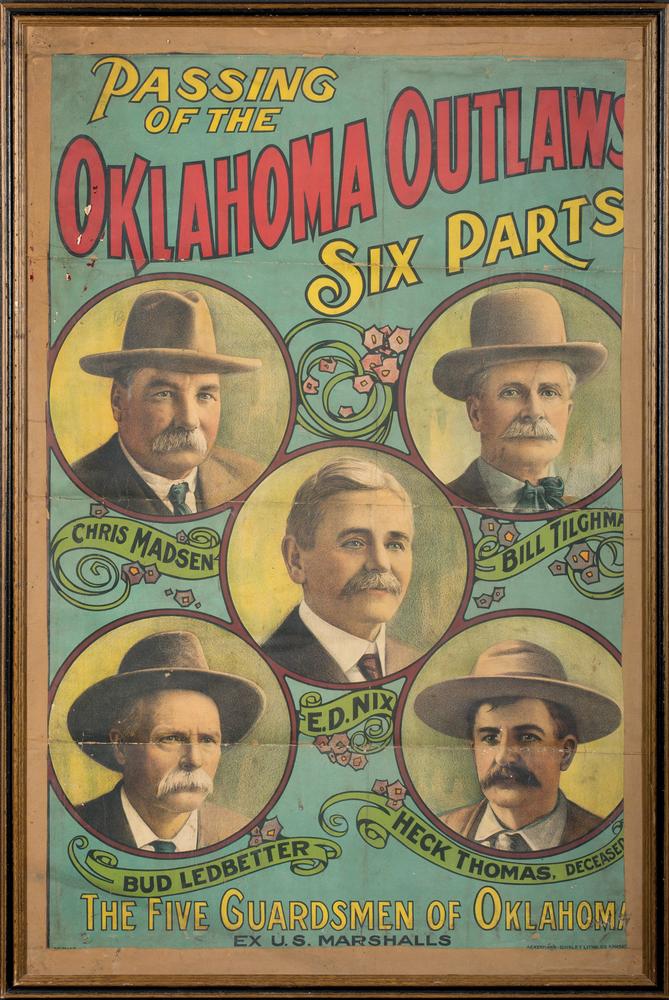"Three Guardsmen of Oklahoma", William 'Bill" Tilghman, Henry "Heck" Thomas, and Chris Madsen (left to right].
Want to read more about Chris Madsen’s life? Check out Christian Madsen – A Dane in the “Wild West"
What’s Next for the Marshal Ranch?
We hope to honor the history of the land these great men lived on by pushing forward with our own Mission to bring healing to the people of Oklahoma. To learn more about our plans for Marshal Ranch and how we got here visit: ___________________________.
World War I Draft Registration Card for Edward Winn
